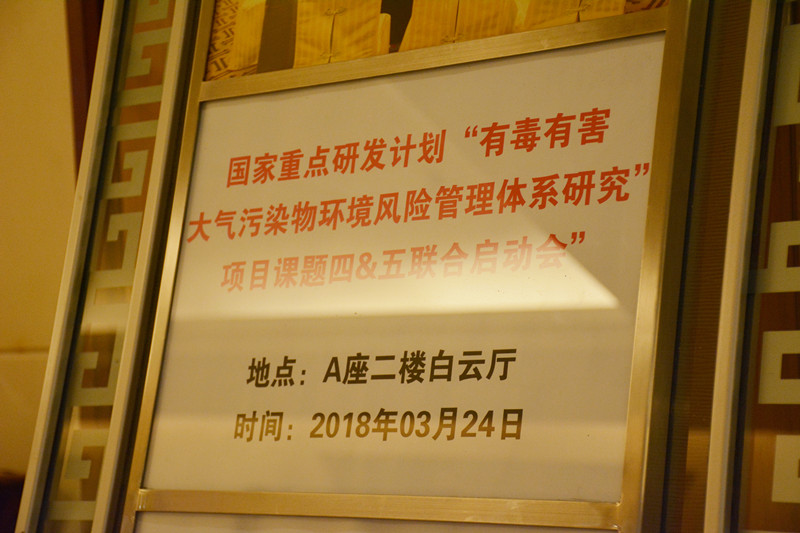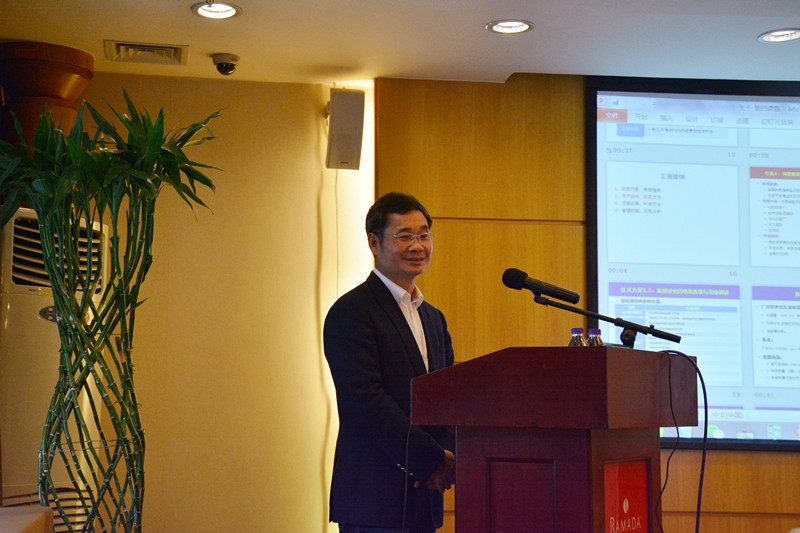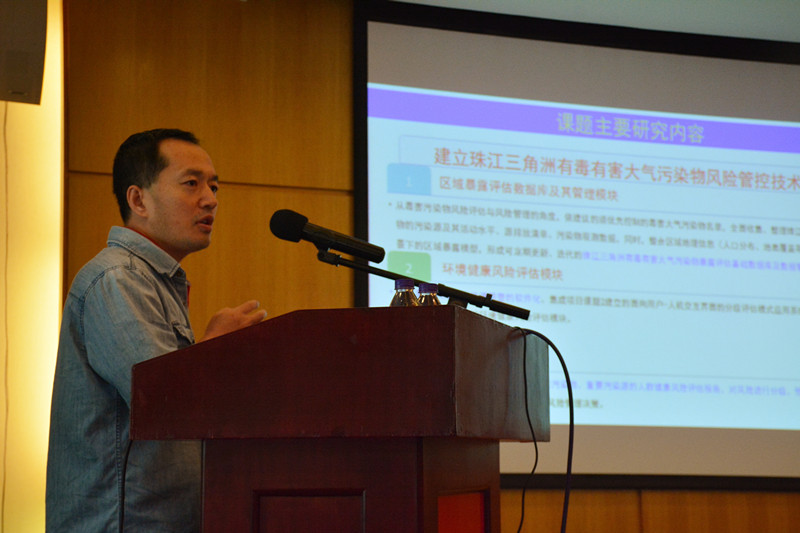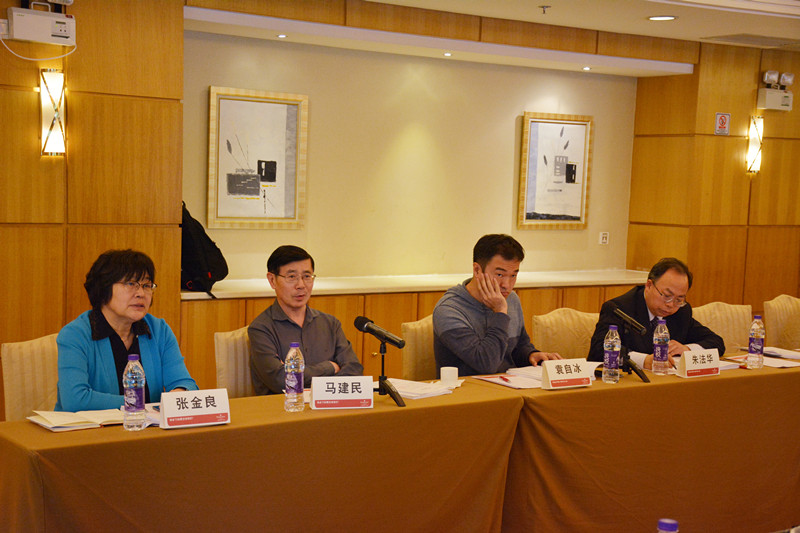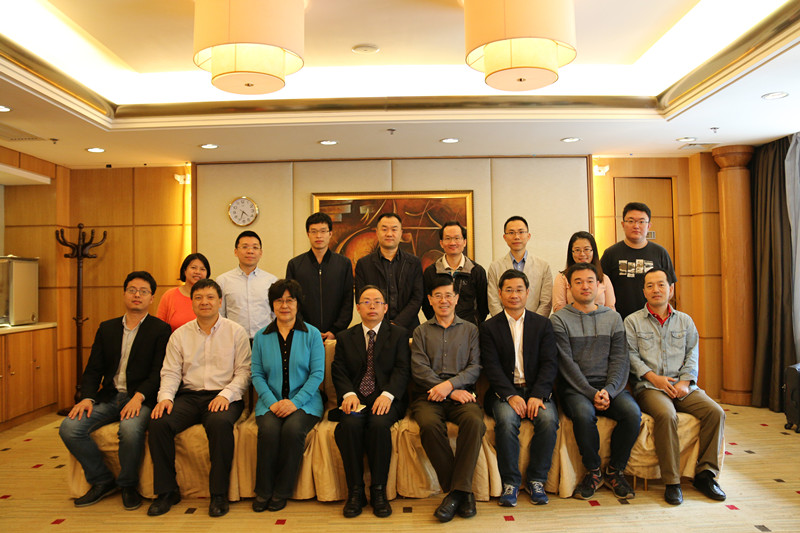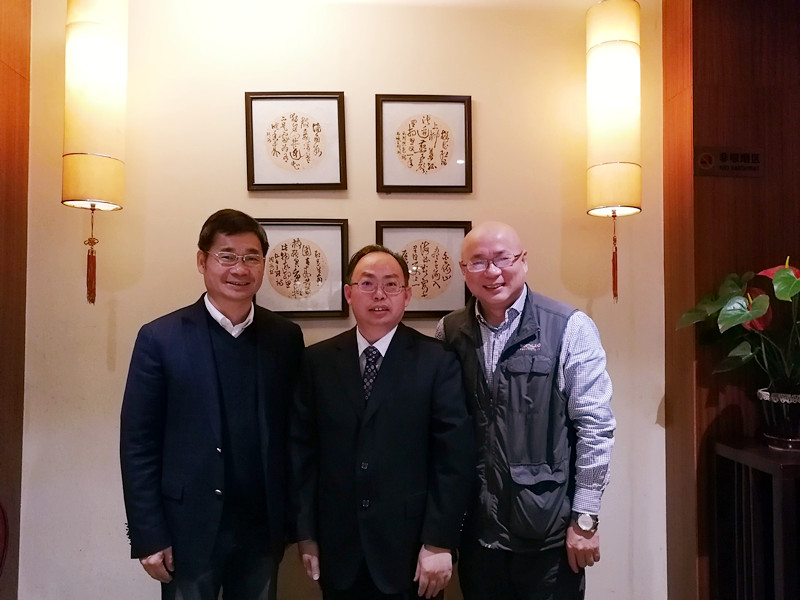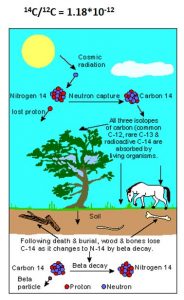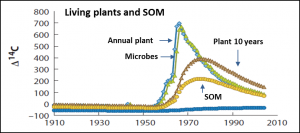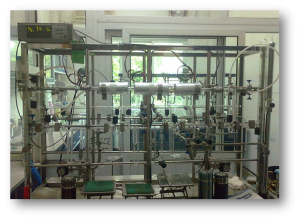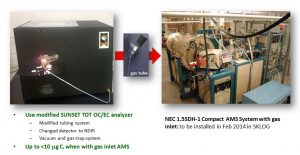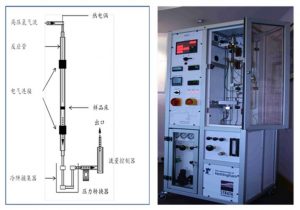On March 23rd, the kick-off meeting of Project 4&5 under the National Key R&D Program of China “Towards an Air Toxic Management SYstem in China (ATMSYC,阿特姆赛克) took place in Ramada Plaza Hotel in Guangzhou. The event was dedicated to Project 4 (重要风险源环境健康风险评估方法与管理体系) and Project 5 (珠江三角洲有毒有害大气污染物风险管控技术平台). A total of 20 people participated this meeting, including the project director, principle investigators, core research members and invited guests. We specially invited Prof. Zhu Fahua (朱法华) of the Guodian Research Institute of Environmental Protection (国电环境保护研究院), Prof. Zhang Jinliang (张金良) of the Chinese Research Academy of Environmental Sciences (中国环境科学研究院), Prof. Ma Jianmin (马建民) of Peking University (北京大学), Prof. Yuan Zibing (袁自冰) of South China University of Technology (华南理工大学), Prof. Chen Yingjun (陈颖军) of Tongji University (同济大学) and Prof. Zhang Yanlin (章炎麟) of Nanjing University of Information Science and Technology (南京信息工程大学) as the advisory board. This kick-off meeting was hold successfully, which further clarified detailed implementation plan and laid a solid foundation for future development.
The event.
Prof. Gan warmly welcomed all the participants and introduced the project.
Prof. Jun is the PI of Project 5 and gave a presentation on it.
The advisory board.
Group photo.
Gan and his University classmates.

